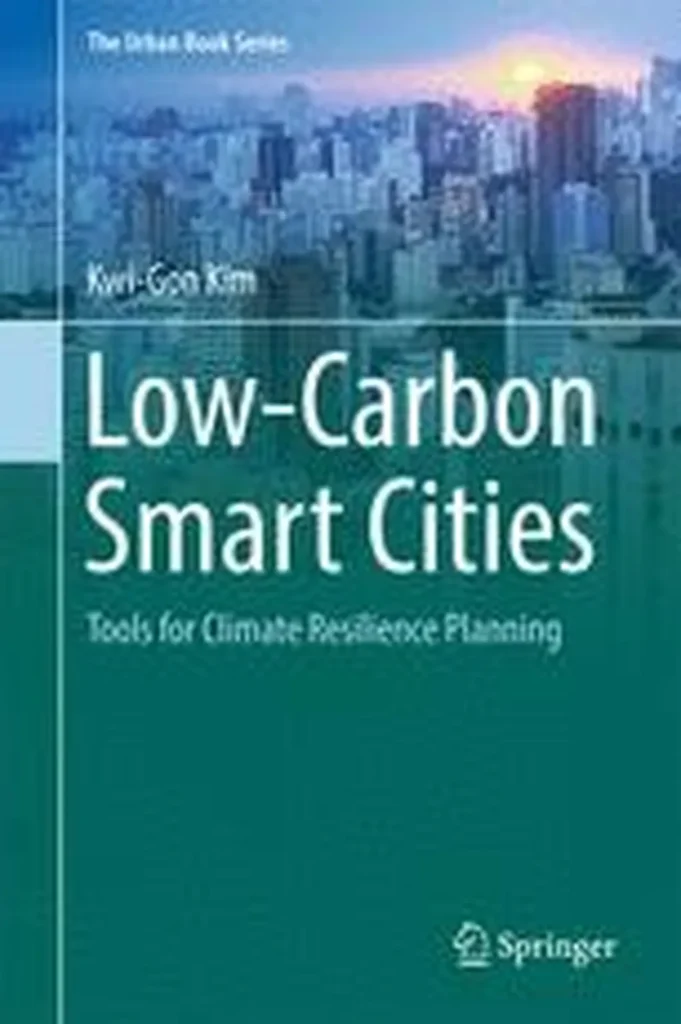In the face of climate change, cities worldwide are grappling with the need to become more resilient, compact, and low-carbon. A recent study published in *Fengjing Yuanlin* (which translates to “Scenic Gardens and Forests”) offers a fresh perspective on how urban planners can tackle these challenges. Led by Chi Li, the research delves into the intersection of climate resilience, compact urban design, and low-carbon development, providing a roadmap for future spatial planning.
The study emphasizes the importance of a comprehensive, multi-scale approach to urban planning. “We’re talking about a shift from siloed thinking to a holistic view,” Li explains. “It’s not just about reducing carbon emissions or making cities more compact; it’s about integrating these goals into a cohesive strategy that enhances urban resilience.”
The research outlines a three-step theoretical framework: characteristic description, mechanism analysis, and simulation optimization. This approach allows planners to evaluate urban spaces based on a range of indicators, from spatial structure and functional layout to social economy and ecological environment. By doing so, it bridges the gap between different scales of planning—regional, urban, and community—and provides tailored optimization strategies for each.
For the energy sector, the implications are significant. As cities strive to reduce their carbon footprint, the demand for innovative energy solutions will grow. “Our research highlights the need for a cross-directional development that covers multiple urban construction elements,” Li notes. “This includes integrating energy-efficient technologies and renewable energy sources into urban planning.”
At the regional scale, the study suggests regulating the total scale of urban construction and building an ecological security network. This could involve investing in green infrastructure and renewable energy projects, creating new opportunities for the energy sector. At the urban scale, the focus shifts to climate risk prevention and resource flow assurance, which could drive demand for smart grid technologies and energy storage solutions. Meanwhile, at the community scale, the emphasis on pilot innovative construction and spatial system transformation could open up avenues for localized energy projects and community-based renewable energy initiatives.
The study also underscores the importance of digital management and public participation in urban planning. This could translate into increased demand for digital tools and platforms that facilitate energy management and community engagement, presenting new commercial opportunities for tech-savvy energy companies.
As cities worldwide seek to become more sustainable and resilient, the insights from this research could shape future developments in the field. By providing a scientific and technical basis for achieving urban sustainable development, it offers a valuable resource for policymakers, urban planners, and energy sector professionals alike. With its comprehensive approach and practical strategies, this study is a significant step towards creating compact, low-carbon, and climate-resilient urban spaces.

